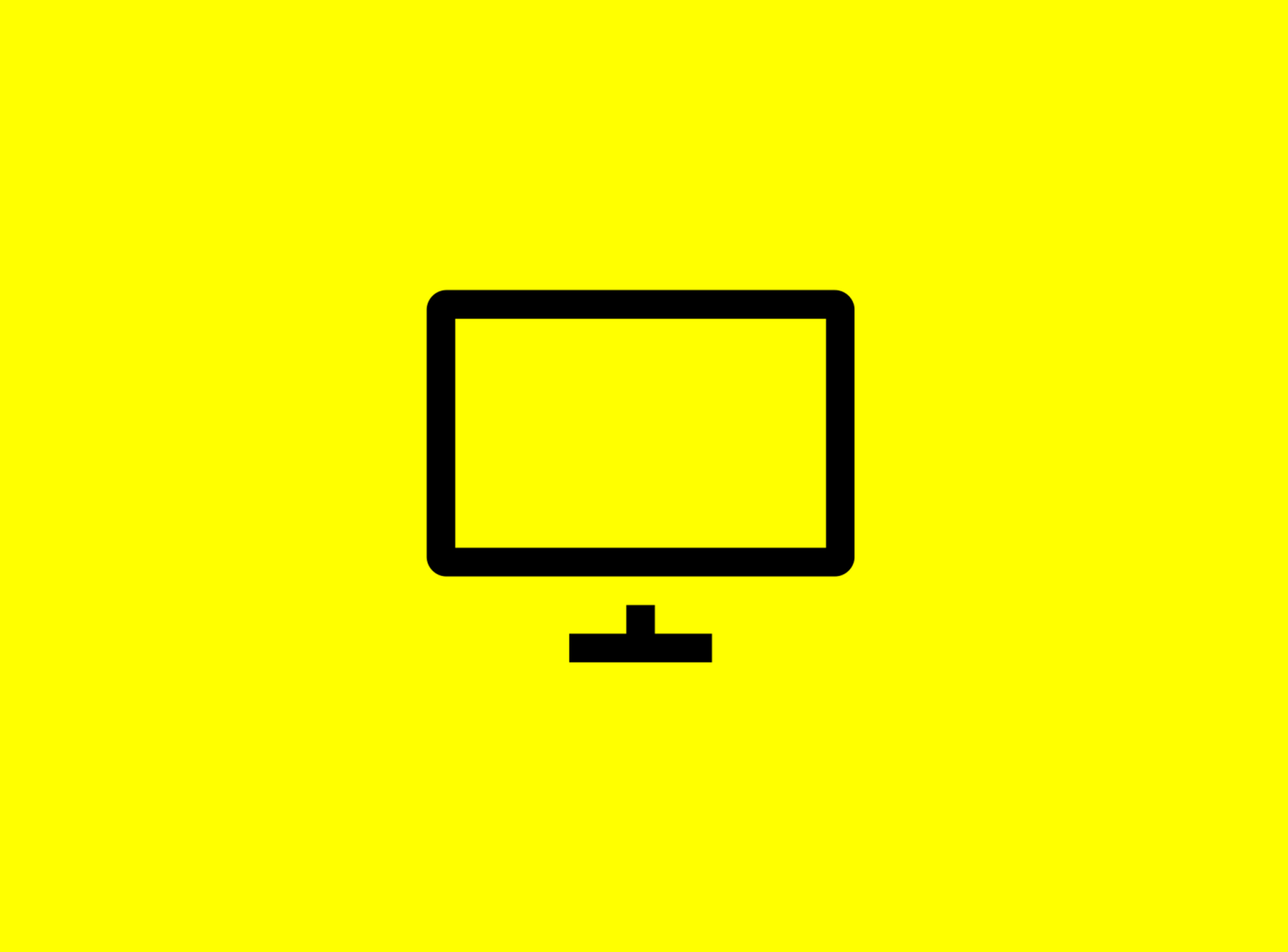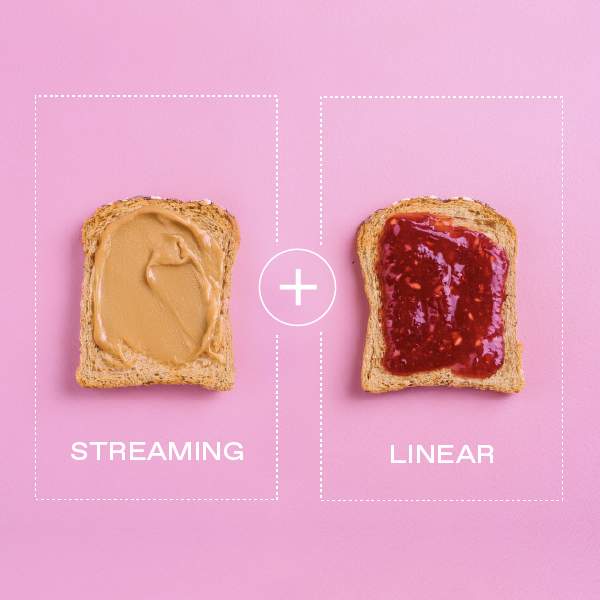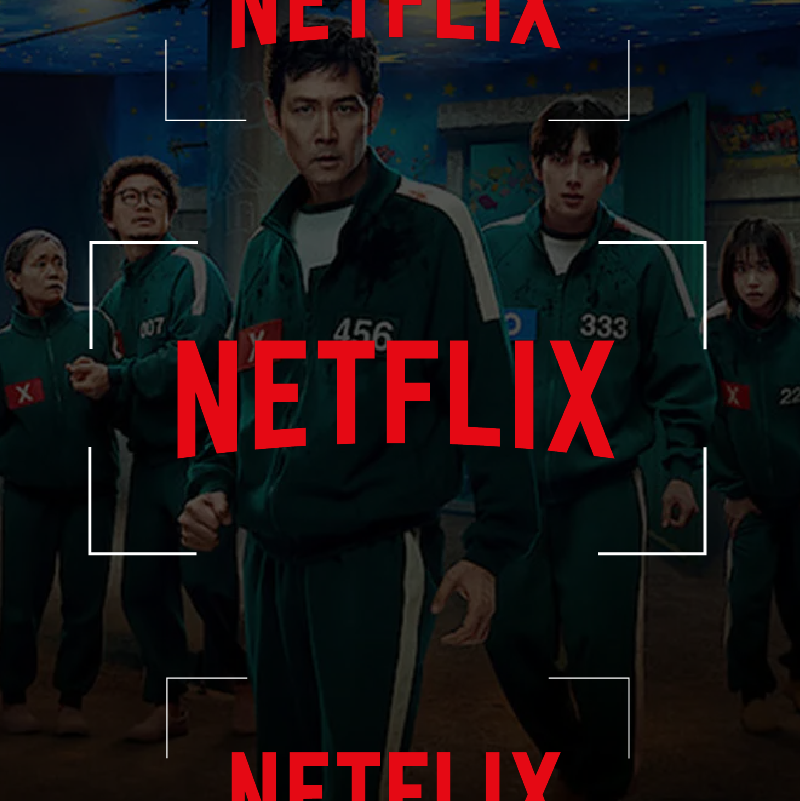
When to go into TV advertising?
Advertisers often wonder when the right time is for going into TV advertising. Sadly, many wonder if TV even makes sense at all because it is often assumed to be a big-budget brand privilege. Worse, many think the answer is “never.” In this article, we hope to debunk these myths by highlighting indicators of the right time to go into TV, and by showing that TV is usually appropriate earlier than most advertisers assume.
In general, a good indicator of the right time to go into TV is when incremental spend on digital platforms, like Facebook or Google SEM, stops driving incremental sales. This can be tested, for example, by doubling spend on digital platforms and checking if the sales volume doubles as a result. If the ROI holds, then it makes sense to keep investing in digital channels. What happens often, however, is that digital platforms scale well in the beginning, but quickly hit diminishing returns. In other words, paid digital channels suffer from increasingly higher marginal costs as spend increases (or: it becomes very expensive to acquire additional customers).
TV, on the other hand, scales better at higher spend (and admittedly, tends to drive less ROI at low spend). This can be best seen in the figure below, which shows the typical relationship between digital platforms and TV at different levels of spend.
Digital platforms usually—though not always—perform better than TV at lower spend because the marginal cost of advertising on TV is higher at lower spend. However, TV outperforms at higher spend because the marginal cost does not increase as steeply as that of digital platforms.
So, if it turns out that digital platforms are no longer scaling well, then it is time to consider offline marketing platforms like TV. As an anecdotal evidence from working with Tatari clients, most companies spending $200,000 per month on Facebook are usually able to acquire customers at lower marginal costs through TV. For those advertisers, it makes sense to pilot TV advertising.
Furthermore, TV can be entered and proven at a low cost, with as little as $50,000. Even more importantly, TV campaigns can be managed with low spend on a week-to-week basis and do not need to be multi-million dollar undertakings and commitment. Higher levels of spend will bring more benefits in measurement (for example, the ability to measure conversions at the level of network or rotation), but advertisers are free to increase spend only if they see proven ROI.

Philip Inghelbrecht
I'm CEO at Tatari. I love getting things done.
Related
Why Linear + Streaming Work Better Together
When one advertiser shifted from a dual-channel TV strategy to streaming-only, performance quickly declined. See what happened when they turned linear back on.
Read more
What Marketers Should Know About Netflix Advertising (Before You Buy)
Netflix has officially entered the ad game—and with its unmatched viewership and new live sports deals, it's changing the rules. Discover what this means for your brand, and how to tap into premium audiences without wasting your media dollars.
Read more
Conversations on the Croisette: Tatari Explores the Future of TV Media Buying at Cannes
Speaking at this year’s Cannes Lions, Tatari took the stage to show that performance TV can be both measurable and creative—all while leveraging AI to plan smarter and drive stronger results.
Read more


